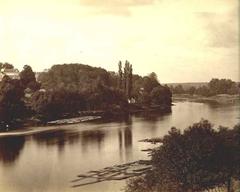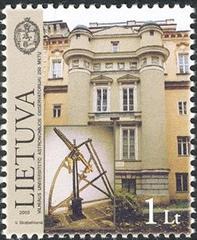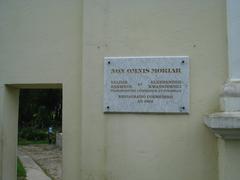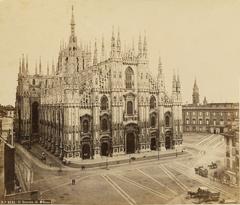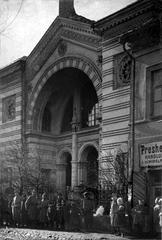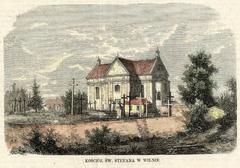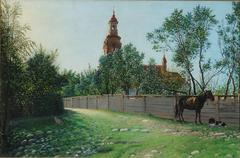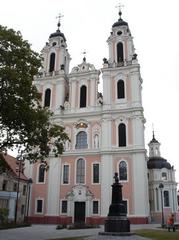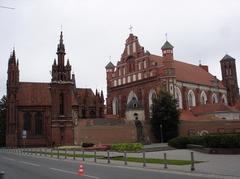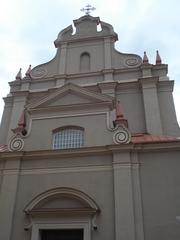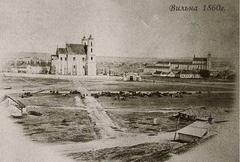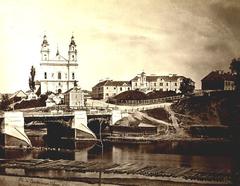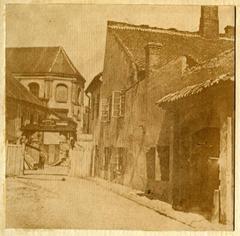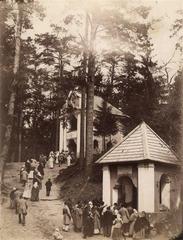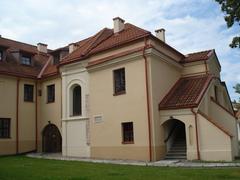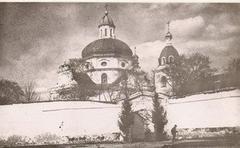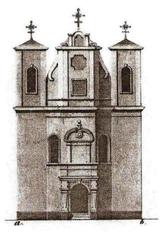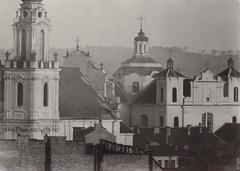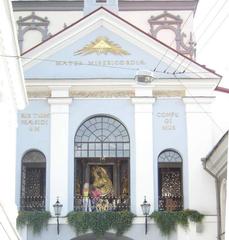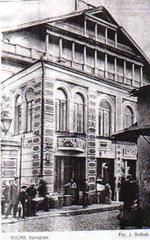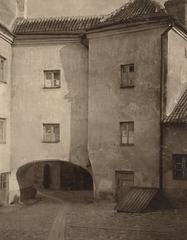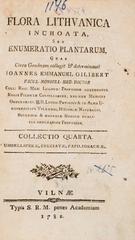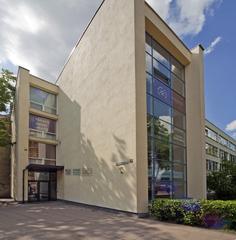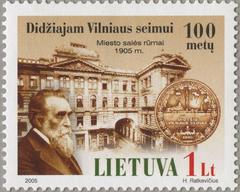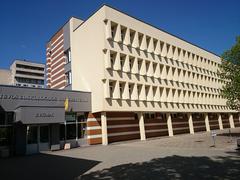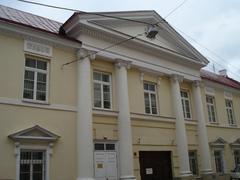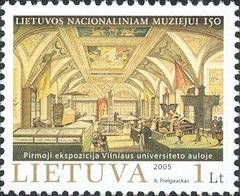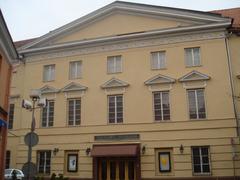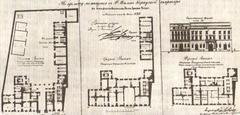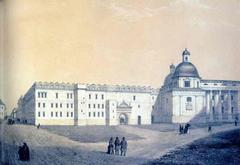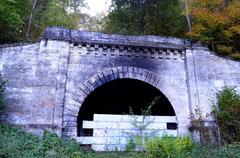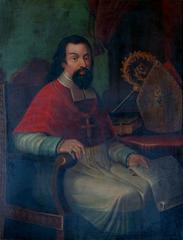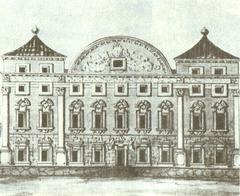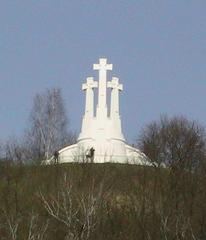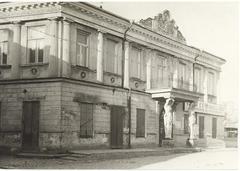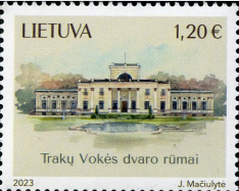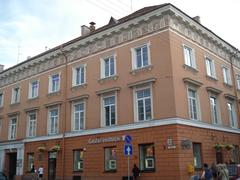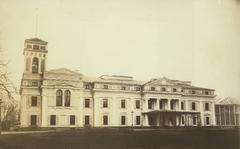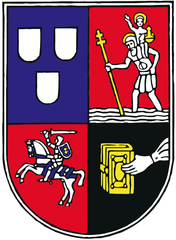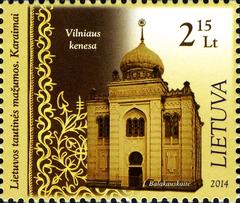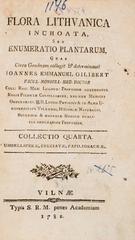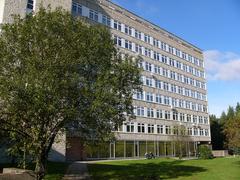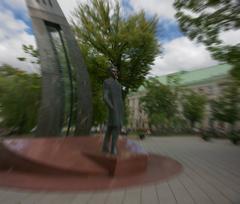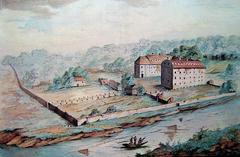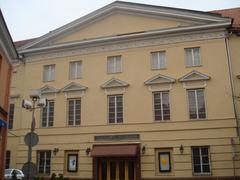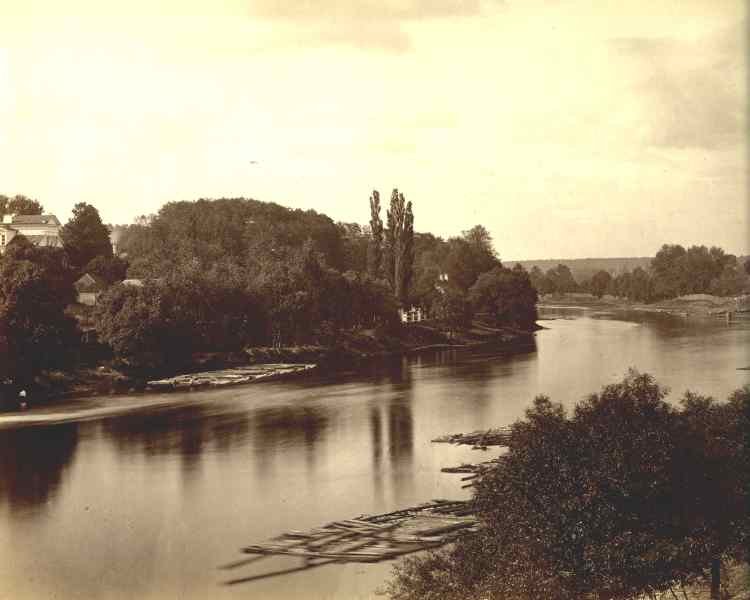
Tuskulėnai Manor Visiting Hours, Tickets, and Historical Significance
Publication Date: 22/07/2024
Introduction: Discover the History and Significance of Tuskulėnai Manor
Tuskulėnai Manor, nestled in the Žirmūnai district of Vilnius, Lithuania, is a captivating blend of history, culture, and architectural beauty. Dating back to the 16th century, this historic site has transitioned through various epochs, from the Grand Duchy of Lithuania to the Soviet era, each leaving an indelible mark on its legacy. Originally constructed as a noble estate by the influential Radziwiłł family, the manor has borne witness to the grandeur of the Renaissance period, the ornate charm of the Baroque era, and the poignant memories of Soviet repression. Its transformation over the centuries—from a symbol of nobility and cultural hub to a site of tragic historical significance—offers visitors a profound journey through Lithuania’s past.
The manor’s historical significance is further underscored by its role during the Soviet occupation when it became a secret burial ground for over 700 victims of political repression (Discover Tuskulėnai Manor). Today, Tuskulėnai Manor stands as a memorial complex and museum, meticulously restored to honor its storied past. Visitors can explore its beautifully restored interiors, expansive gardens, and exhibitions that provide deep insights into Lithuania’s cultural heritage and the somber events of its Soviet-era history (Exploring Tuskulėnai Manor). Whether you are a history enthusiast or a casual visitor, Tuskulėnai Manor offers a unique glimpse into the resilience and spirit of the Lithuanian people.
Table of Contents
- Introduction
- Early Origins and Construction
- Architectural Evolution
- 19th Century Developments
- Soviet Era and Tragic History
- Discovery and Memorialization
- Restoration and Current Use
- Cultural and Educational Significance
- Visitor Information
- FAQ
- Conclusion
Early Origins and Construction
Tuskulėnai Manor was originally constructed as a noble estate, reflecting the architectural styles and cultural influences of the 16th century. The first known owner was the influential Radziwiłł family, prominent figures in the Grand Duchy of Lithuania. The manor served as a symbol of their wealth and status, featuring elaborate gardens and a grand residence.
Architectural Evolution
Over the centuries, Tuskulėnai Manor underwent several architectural transformations. The initial structure was a wooden manor house, typical of the Lithuanian nobility during the Renaissance period. In the 18th century, the manor was rebuilt in a more durable and fashionable Baroque style. This renovation included ornate facades, intricate interior decorations, and expansive landscaped gardens. The Baroque influence is still evident in the manor’s design today.
19th Century Developments
In the 19th century, the estate was owned by various noble families, each contributing to its development. Count Michał Tyszkiewicz, a notable owner in the mid-19th century, enhanced the manor with additional outbuildings and expanded gardens. The manor became a hub of social and cultural activities, hosting numerous events for the Lithuanian aristocracy.
Soviet Era and Tragic History
During the Soviet occupation of Lithuania in the mid-20th century, Tuskulėnai Manor was seized by the Soviet NKVD. Between 1944 and 1947, the NKVD executed and buried over 700 individuals on the manor’s grounds, including members of the Lithuanian resistance and political prisoners. The site became a mass grave, shrouded in secrecy and horror.
Discovery and Memorialization
The tragic history of Tuskulėnai Manor was uncovered in the early 1990s, following Lithuania’s restoration of independence. In 1994, human remains were discovered on the grounds, leading to a thorough investigation. The remains were identified as victims of Soviet repression, and the site was recognized as a significant historical and memorial location. In 1999, the Lithuanian government established the Tuskulėnai Peace Park to honor the victims’ memory.
Restoration and Current Use
In the early 2000s, Tuskulėnai Manor underwent extensive restoration efforts. The manor house and its surrounding buildings were meticulously restored to their former glory, with careful attention to historical accuracy. Today, the manor serves as a museum and memorial complex, offering visitors a glimpse into its storied past. The Tuskulėnai Memorial Complex includes exhibitions on the manor’s history, the Soviet occupation, and the tragic events that took place on its grounds.
Cultural and Educational Significance
Tuskulėnai Manor is a center for cultural and educational activities. The manor hosts various events, including lectures, exhibitions, and cultural performances, aimed at promoting awareness and understanding of Lithuania’s history. The site also serves as a place of reflection and remembrance, with memorials dedicated to the victims of Soviet repression. Visitors can explore the manor’s beautifully restored interiors, stroll through the tranquil gardens, and learn about this significant landmark’s complex history.
Visitor Information
Tuskulėnai Manor is located in the Žirmūnai district of Vilnius and is easily accessible by public transportation or car. The manor is open to the public year-round, with guided tours available in multiple languages. Tickets cost €5 for adults and €3 for students and seniors. Visitors can check the official website for the latest information on opening hours, special events, and ticket prices. The manor’s peaceful surroundings and poignant history make it a must-visit destination for anyone interested in Lithuania’s rich cultural heritage.
FAQ
What are Tuskulėnai Manor’s visiting hours?
The manor is open year-round. Please check the official website for current opening hours.
How much do tickets to Tuskulėnai Manor cost?
Tickets cost €5 for adults and €3 for students and seniors.
What are the best times to visit Tuskulėnai Manor?
The manor is a year-round destination, but spring and summer offer the best weather for exploring the gardens.
Conclusion
The history of Tuskulėnai Manor is a testament to the resilience and enduring spirit of the Lithuanian people. From its origins as a noble estate to its tragic role during the Soviet occupation, the manor has witnessed significant events that have shaped the nation’s history. Today, it stands as a symbol of remembrance and education, offering visitors a unique opportunity to connect with Lithuania’s past and honor the memory of those who suffered during one of the darkest periods in the country’s history.
Call to Action
Plan your visit to Tuskulėnai Manor and immerse yourself in the rich history and culture of Vilnius, Lithuania. Check out our events calendar and follow us on social media for the latest updates and special offers.
